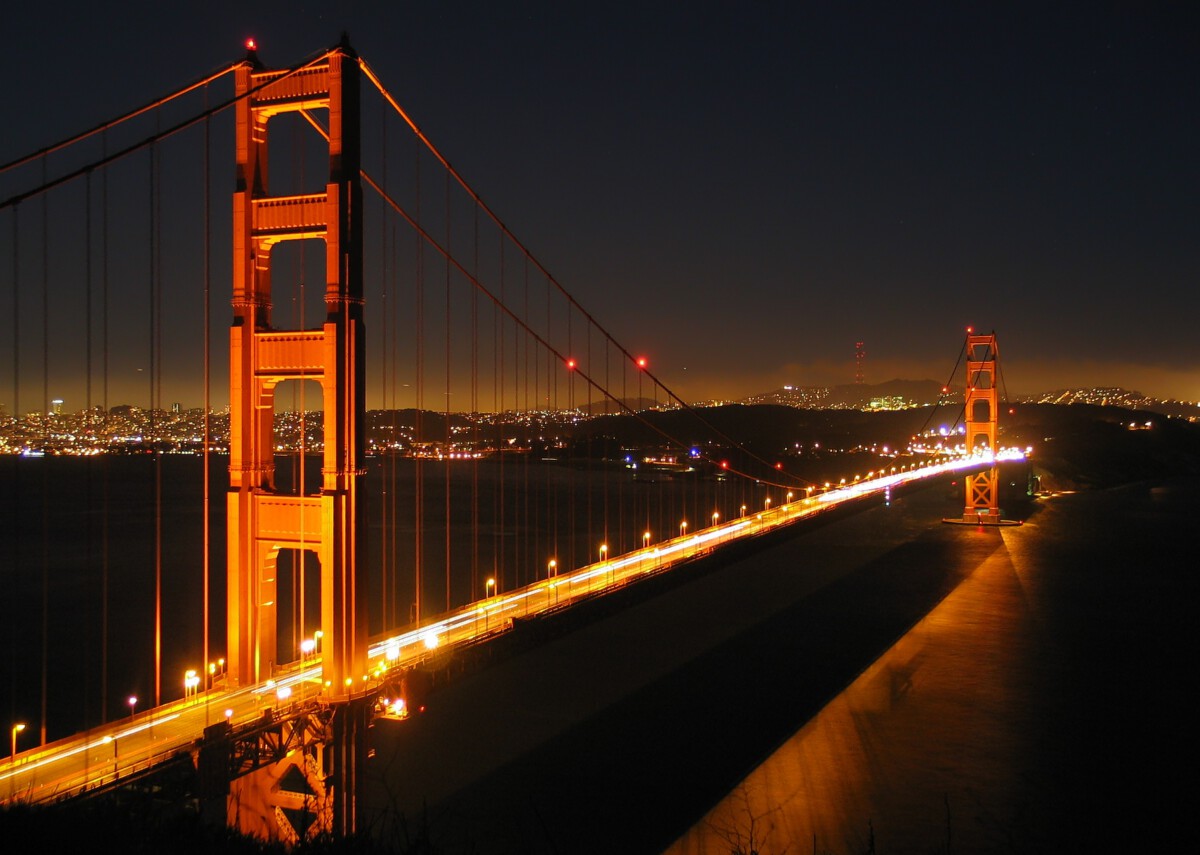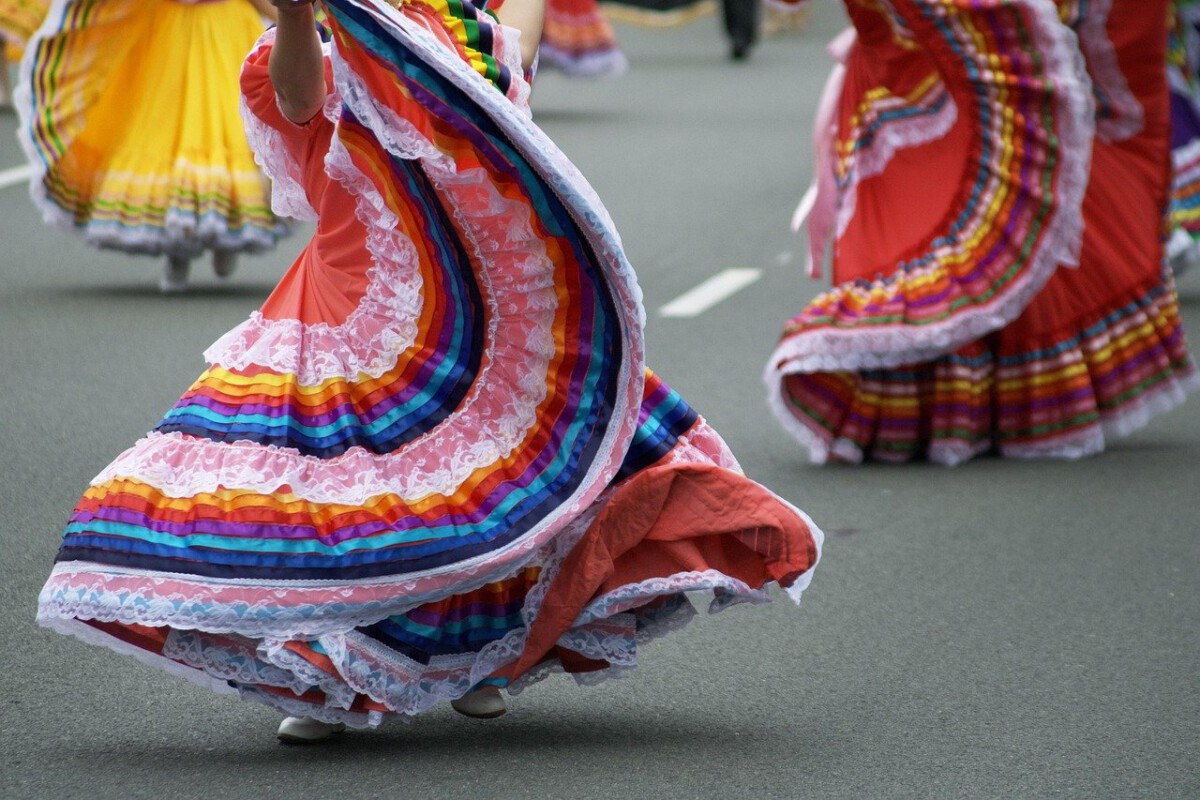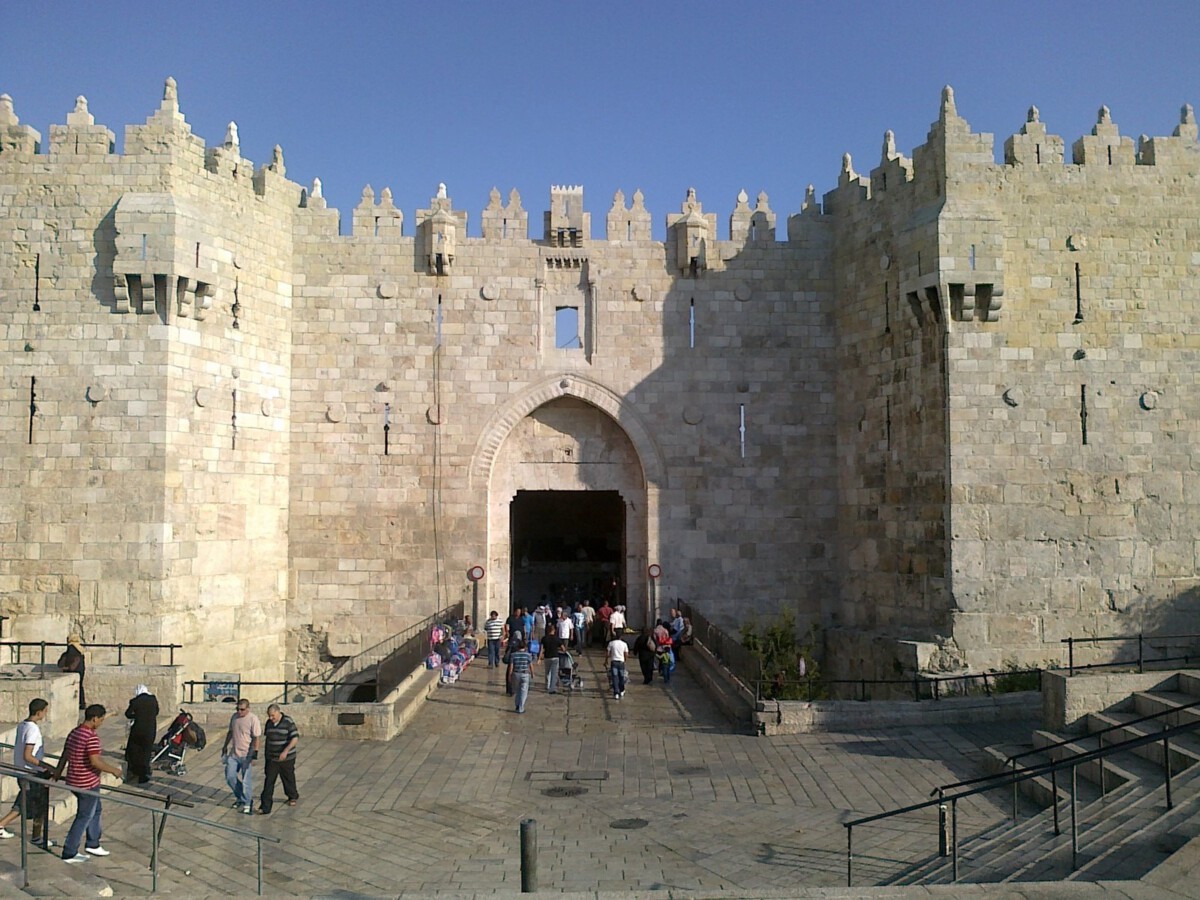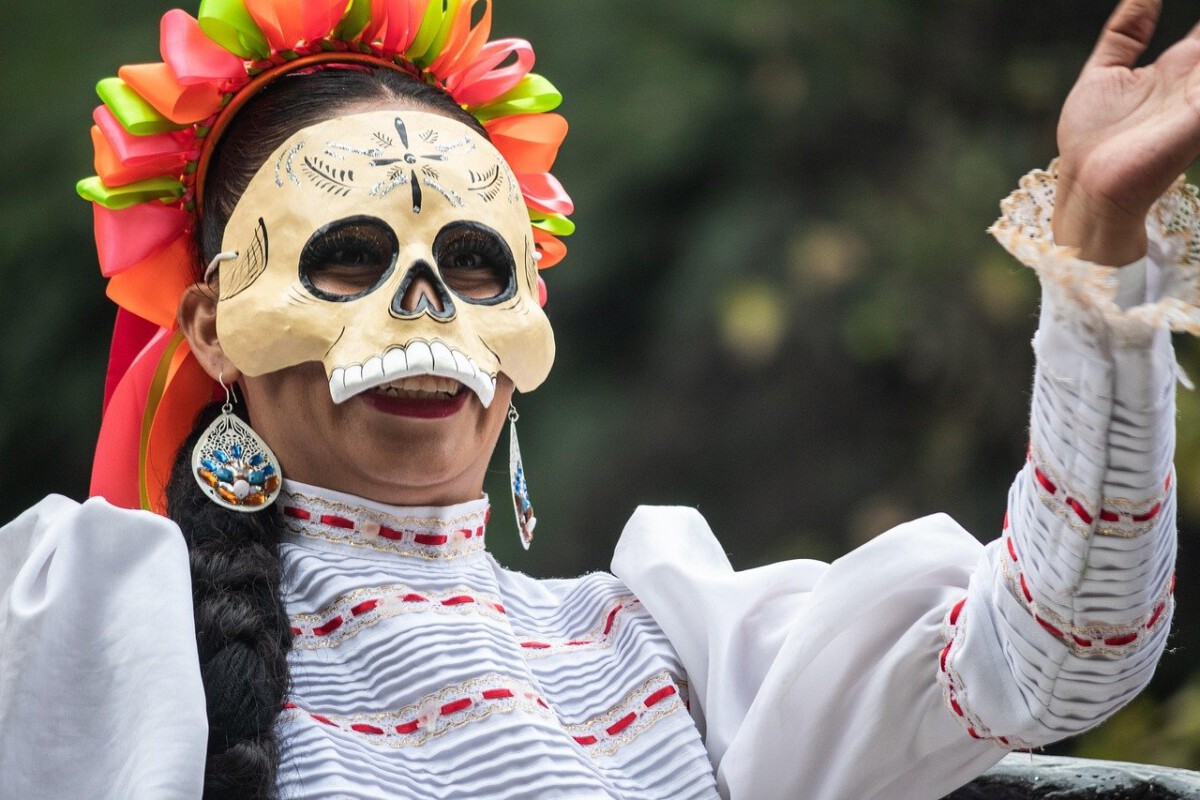The Statue of Liberty’s Dark Origins in Failed Revolution
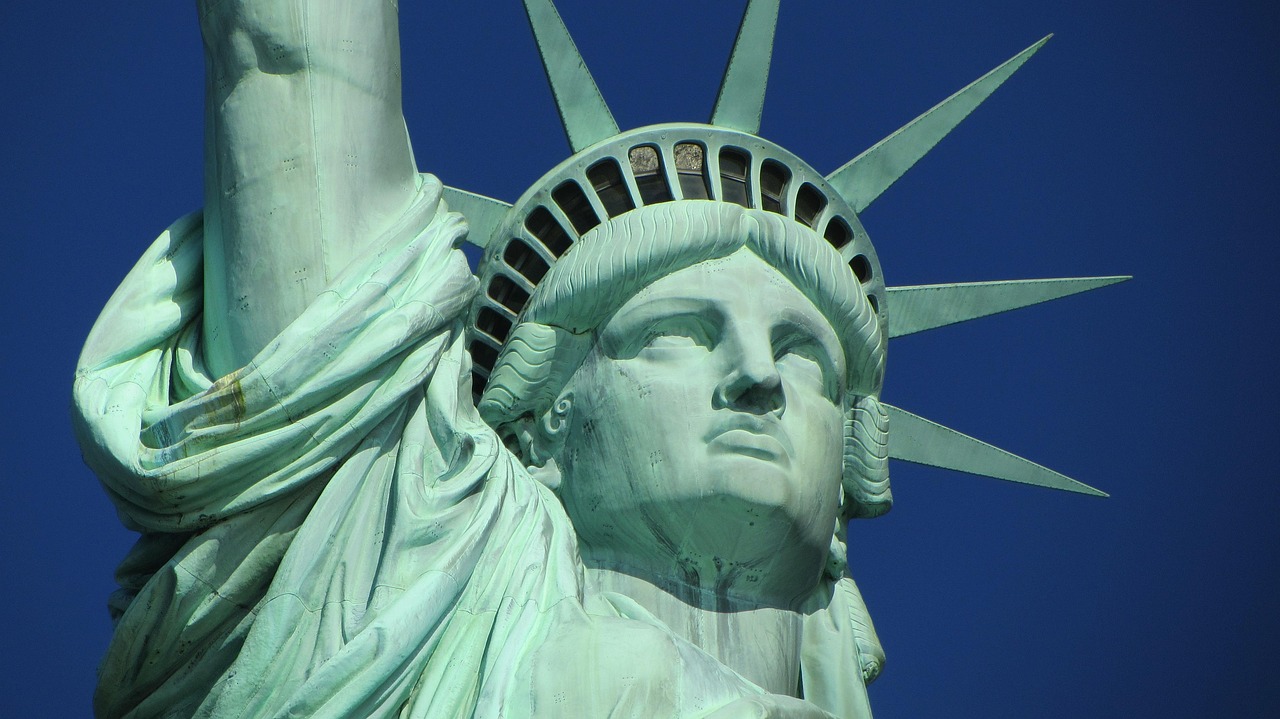
Most Americans believe the Statue of Liberty was a gift of friendship from France, but the truth runs much deeper into political failure and personal ambition. Édouard de Laboulaye, the French politician who conceived the idea, wasn’t celebrating American freedom—he was mourning France’s failed revolution of 1848 and Napoleon III’s authoritarian rule. The statue was actually meant as a subtle protest against French oppression, disguised as a gift to America. When French sculptor Frédéric Auguste Bartholdi began designing the monument in 1870, he originally planned it for the Suez Canal in Egypt, depicting a robed Arab peasant woman holding a torch. After Egypt rejected the proposal, Bartholdi simply redesigned the figure as a Roman goddess and pitched it to America instead.
Mount Rushmore’s Stolen Sacred Land Controversy
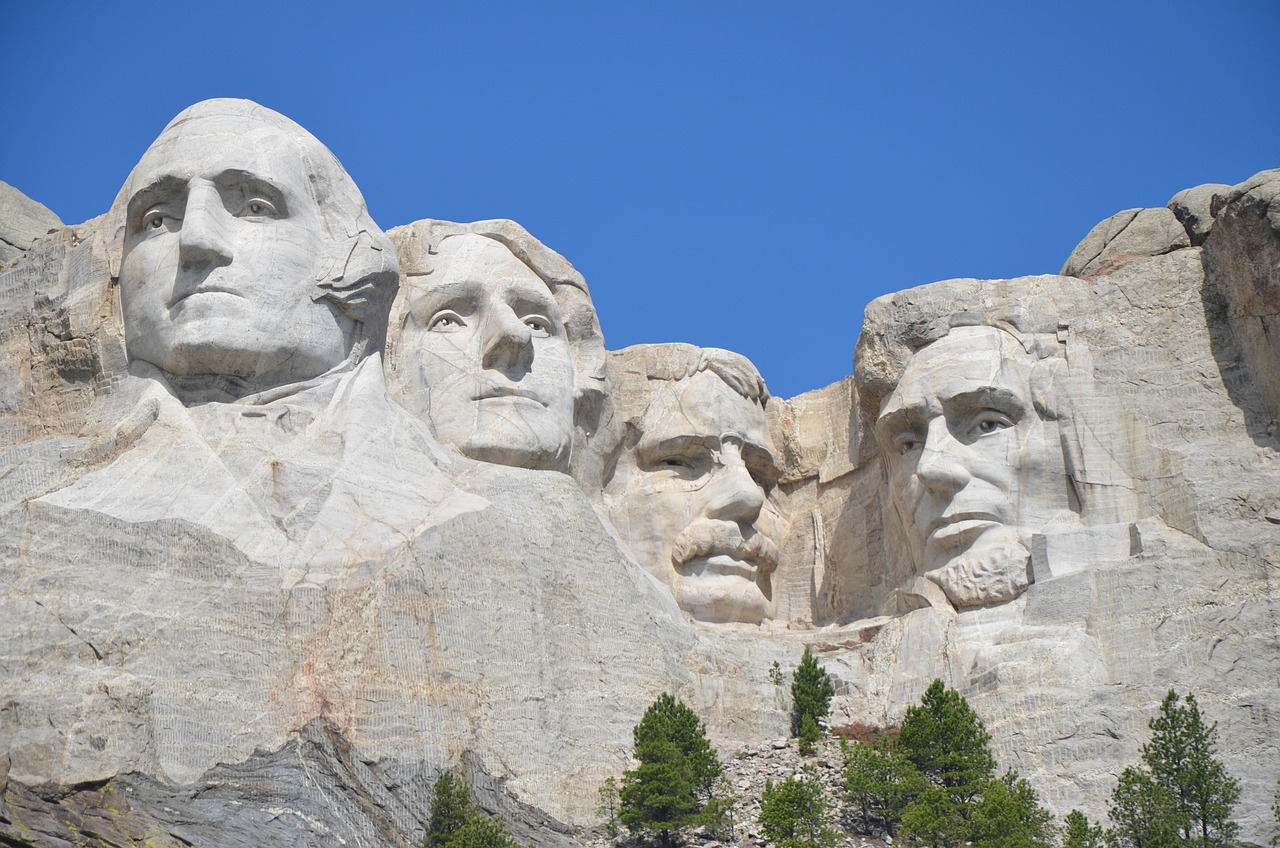
The four presidential faces carved into Mount Rushmore sit on land that was illegally taken from the Lakota Sioux tribe, a fact that continues to spark legal battles today. The 1868 Treaty of Fort Laramie guaranteed the Black Hills to the Lakota “for as long as the rivers run and the grass grows,” but gold discoveries led to U.S. military occupation just eight years later. In 1980, the U.S. Supreme Court ruled that the taking of the Black Hills violated the Fifth Amendment and awarded the Lakota $122 million in compensation. The tribe has refused to accept the money, which has grown to over $1.9 billion with interest as of 2023, maintaining that the land itself must be returned. Sculptor Gutzon Borglum, who created the monument, was also a member of the Ku Klux Klan and initially planned to include a massive inscription celebrating westward expansion and the “winning of the West.”
The Washington Monument’s 37-Year Construction Nightmare
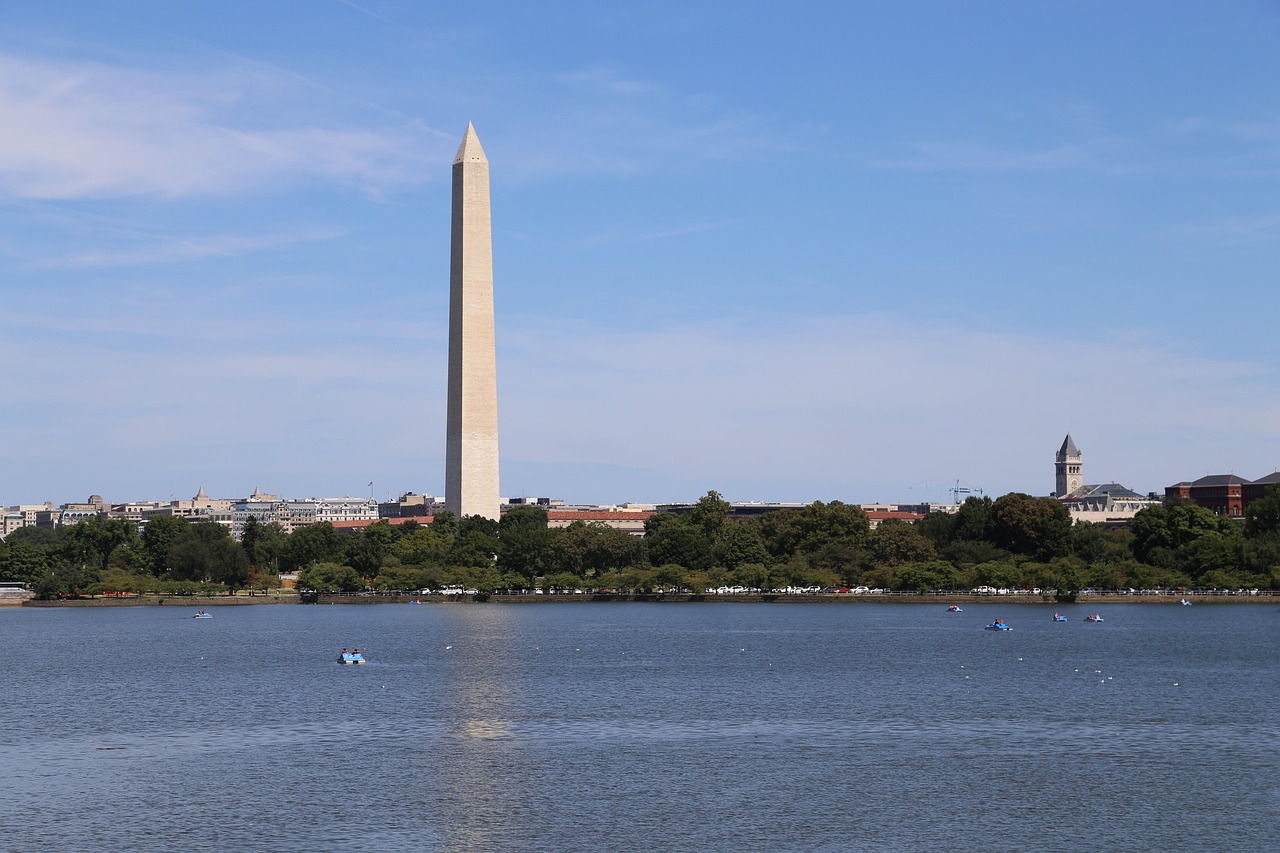
The Washington Monument stands as America’s tallest stone structure, but its construction was plagued by political infighting, funding crises, and engineering disasters that nearly destroyed it. Work began in 1848 but halted completely in 1854 when the anti-Catholic Know-Nothing Party seized control of the Washington National Monument Society and drove away donors. The monument sat as a 156-foot stub for over two decades, becoming known as the “National Stump” and serving as a grazing ground for cattle during the Civil War. When construction resumed in 1877, engineers discovered the original foundation was too shallow and the mortar was crumbling, requiring extensive reinforcement. The different marble sources used before and after the construction hiatus created a visible color change that can still be seen today at the 150-foot mark.
Lincoln Memorial’s Segregated Dedication Ceremony
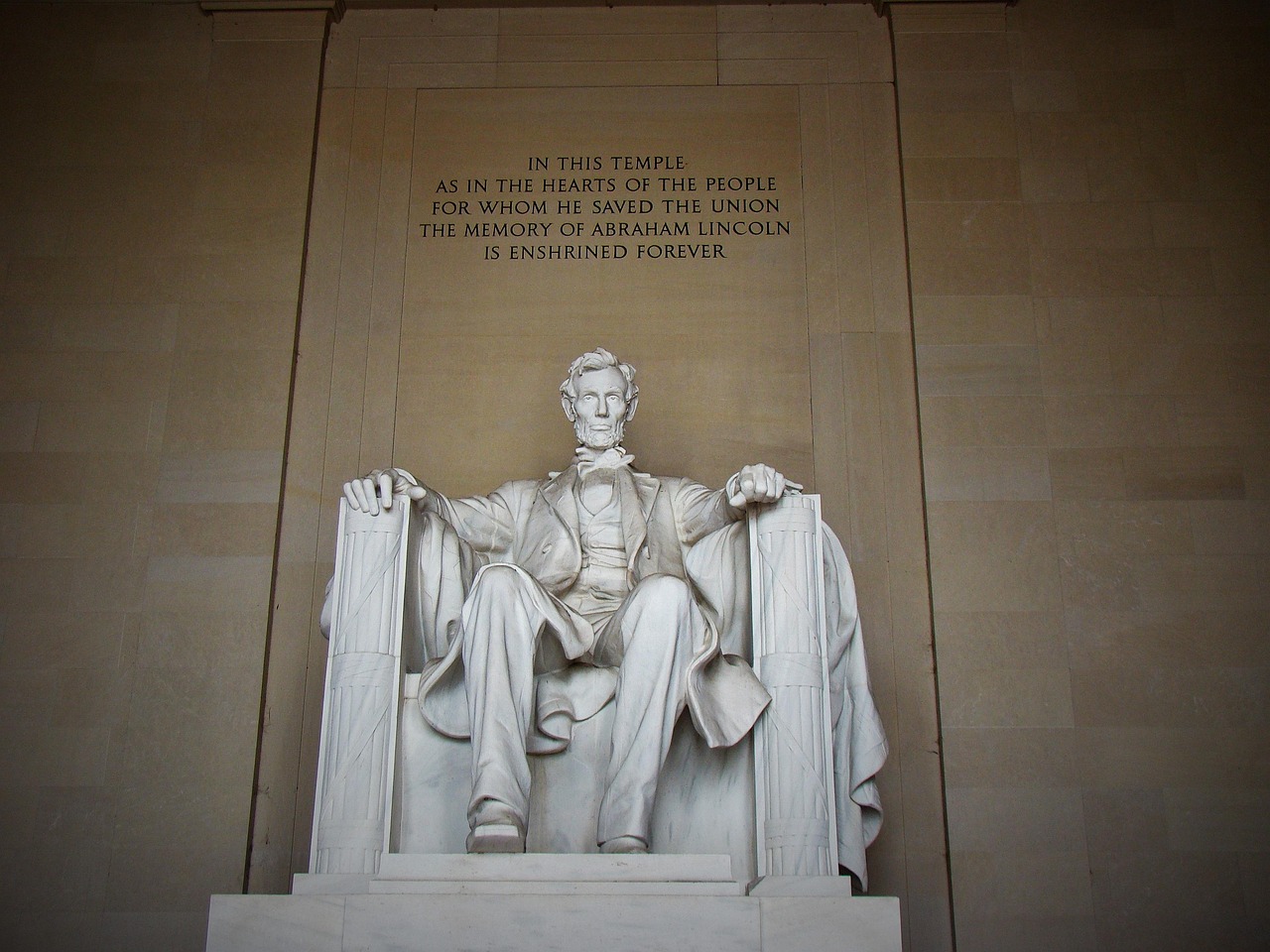
The Lincoln Memorial, dedicated in 1922, ironically featured a racially segregated audience during its own dedication ceremony honoring the Great Emancipator. African American attendees were forced to sit in a designated section separated from white guests, despite the memorial celebrating the president who issued the Emancipation Proclamation. The memorial’s designer, Henry Bacon, and sculptor Daniel Chester French created Lincoln’s massive 19-foot statue using 28 blocks of white Georgia marble, but they deliberately made his hands larger than anatomically correct to symbolize his strength and compassion. The memorial gained its greatest symbolic power during the 1963 March on Washington, when Martin Luther King Jr. delivered his “I Have a Dream” speech from its steps. In 2023, the National Park Service reported that over 7 million people visit the Lincoln Memorial annually, making it the most visited monument in Washington D.C.
The Gateway Arch’s Deadly Construction Secret
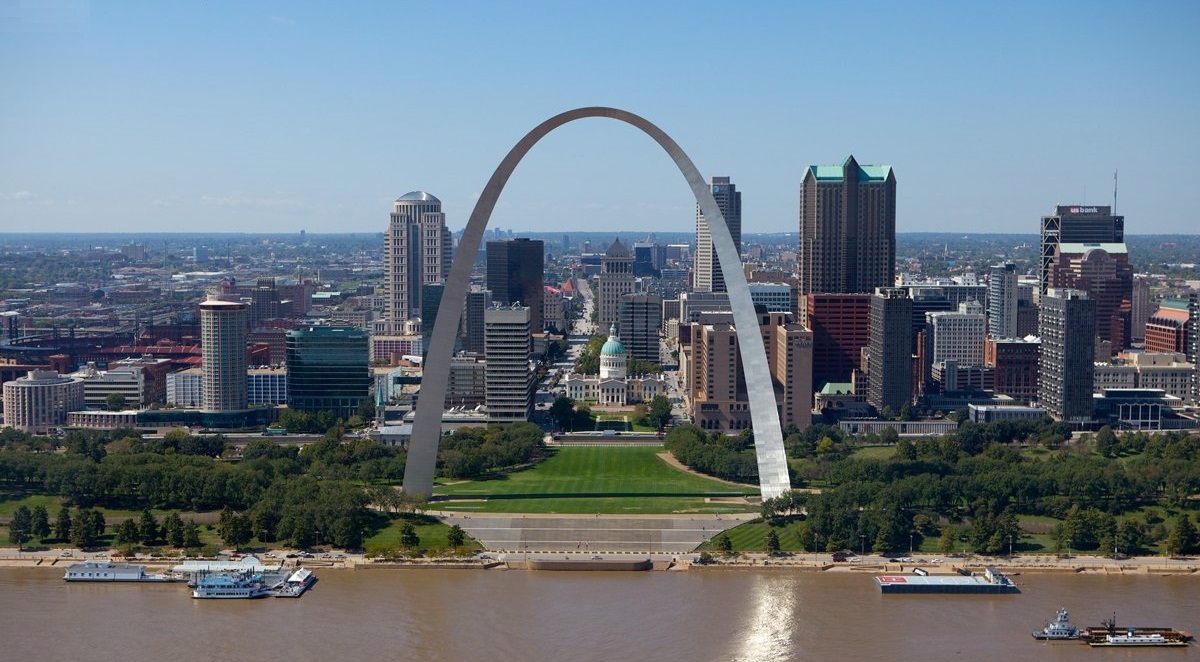
St. Louis’s Gateway Arch, completed in 1965, was built using construction techniques so dangerous that workers today would refuse to use them, yet miraculously, no one died during its construction. The 630-foot stainless steel arch was assembled using a unique “creeper crane” system that moved up the legs as construction progressed, with workers balanced on tiny platforms 600 feet in the air without modern safety equipment. Architect Eero Saarinen died of a brain tumor in 1961, four years before his masterpiece was completed, never seeing his vision realized. The arch’s interior tram system, which carries visitors to the top, was considered so experimental that insurance companies initially refused to cover it. Recent structural analysis in 2024 revealed that the arch sways up to 18 inches in strong winds, far more than originally calculated, leading to new monitoring systems being installed.
Jefferson Memorial’s Controversial Cherry Tree Massacre
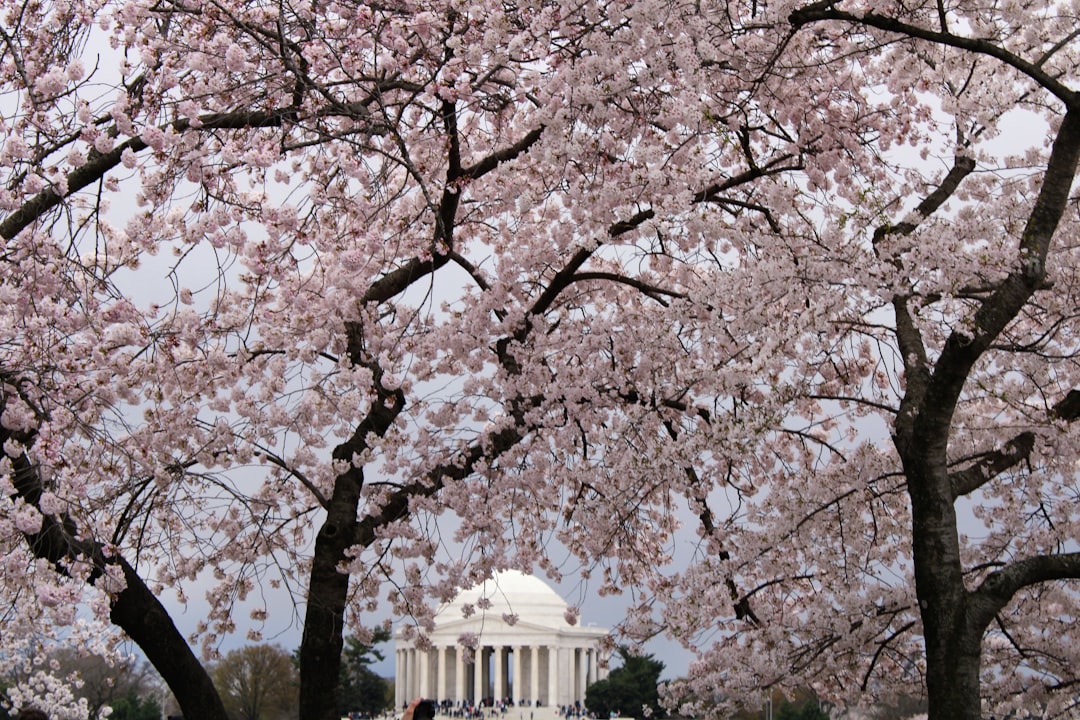
The construction of the Jefferson Memorial in 1943 required the destruction of over 600 of Washington D.C.’s famous cherry trees, sparking protests so intense that women chained themselves to the trees to prevent their removal. The memorial’s location on the Tidal Basin was chosen specifically to create a symbolic relationship with the White House, but landscape architects warned that the site’s soft soil would require extraordinary engineering solutions. The memorial’s design, inspired by Jefferson’s own architectural work at Monticello and the University of Virginia, faced criticism for being too similar to the Lincoln Memorial. Inside, the 19-foot bronze statue of Jefferson originally faced away from the White House, but public outcry forced sculptor Rudulph Evans to rotate it 180 degrees during installation. The memorial’s walls contain carefully selected quotes from Jefferson’s writings, but controversy emerged in 2023 when historians discovered that several quotes had been edited to remove passages that might be considered offensive by modern standards.
Vietnam Veterans Memorial’s Shocking Design Controversy
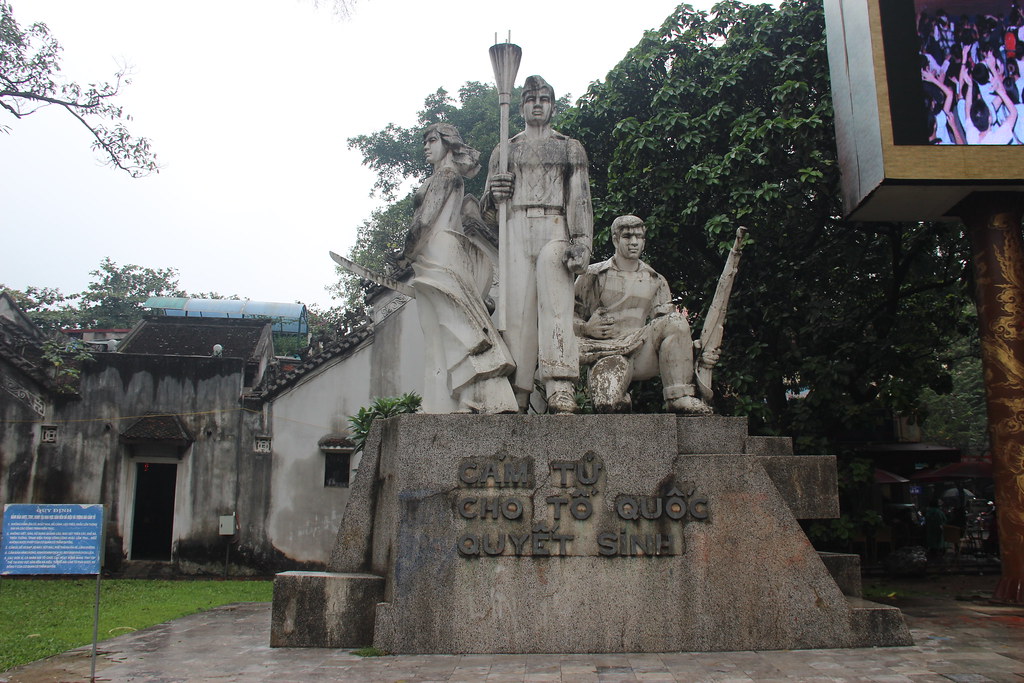
Maya Lin’s design for the Vietnam Veterans Memorial triggered such fierce opposition that she received death threats and was accused of creating a “black gash of shame” instead of honoring fallen soldiers. The 21-year-old Yale architecture student won the design competition in 1981 with her simple black granite wall, but veterans’ groups and politicians demanded a more traditional heroic statue. Lin’s design was so controversial that compromise led to the addition of Frederick Hart’s Three Soldiers statue in 1984, though Lin always maintained that her wall was complete as originally conceived. The memorial’s black granite was specifically chosen to reflect the images of visitors, creating an emotional connection between the living and the dead. Since its dedication in 1982, the wall has become one of the most visited memorials in Washington, with over 5 million visitors annually as of 2024, and the tradition of leaving items at the wall has resulted in over 400,000 objects being collected by the National Park Service.
The Liberty Bell’s Fake Crack Legend
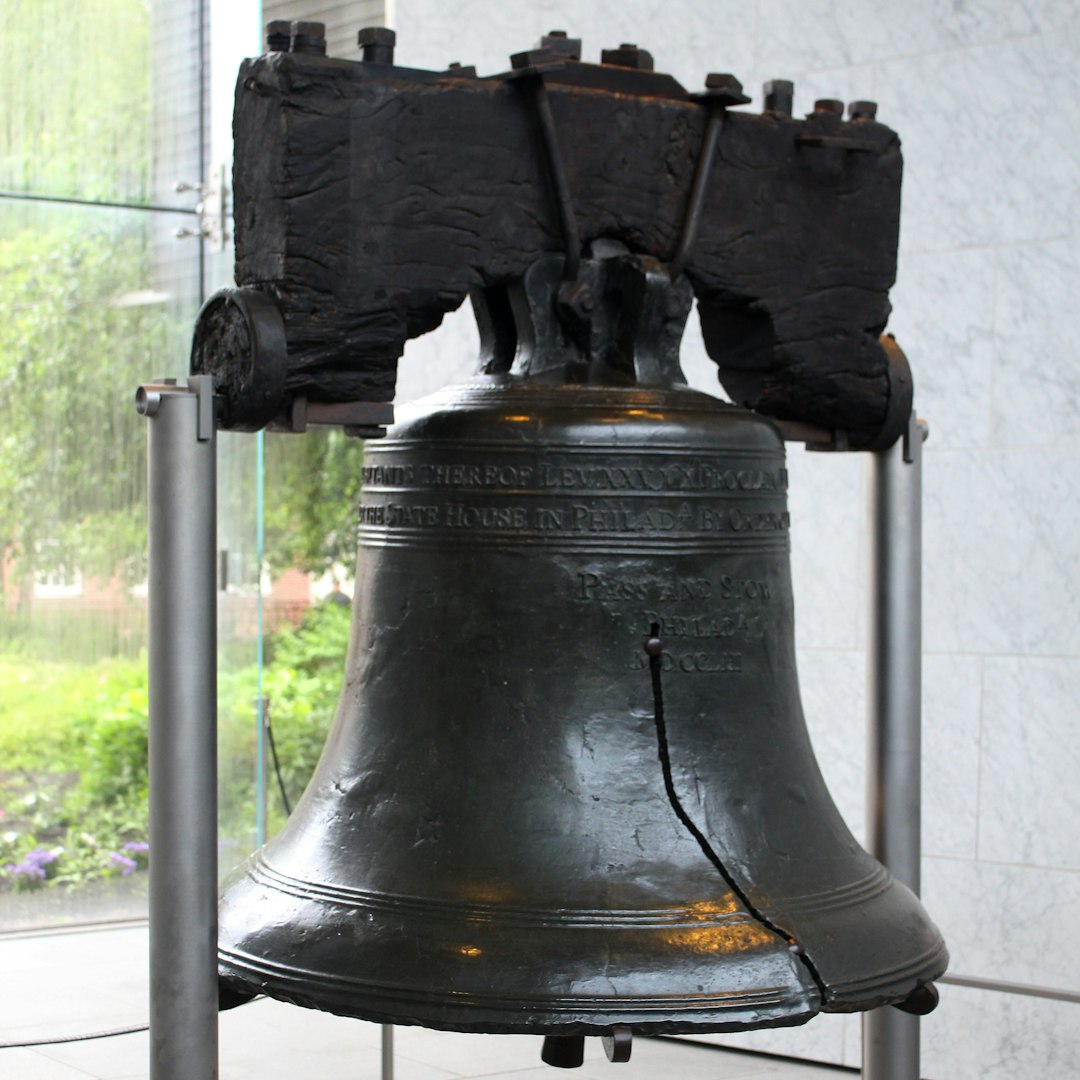
The Liberty Bell’s famous crack, long believed to have occurred while ringing for American independence, actually developed gradually over decades and was likely caused by poor craftsmanship rather than patriotic fervor. The bell was originally cast in 1752 by the Whitechapel Bell Foundry in London, but it cracked during its first test ring in Philadelphia, leading to two recasting attempts by local founders John Pass and John Stow. Historical records from the Independence Hall Association show that the bell was not rung on July 4, 1776, as commonly believed, but rather on July 8, 1776, for the first public reading of the Declaration of Independence. The bell’s iconic crack grew slowly throughout the 19th century, and it was last rung in 1846 for George Washington’s birthday before being retired from active use. Modern metallurgical analysis conducted in 2023 revealed that the bell’s bronze composition was substandard, with too much tin making it brittle and prone to cracking under stress.
Plymouth Rock’s Fabricated Historical Importance
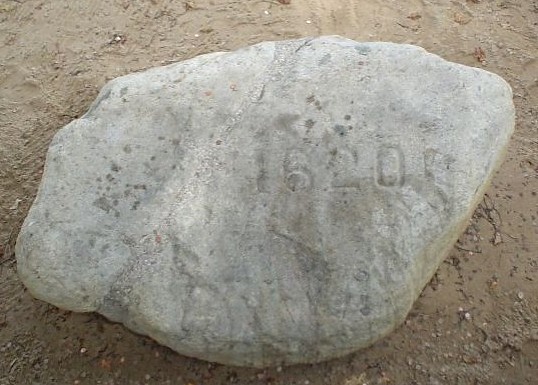
Plymouth Rock, one of America’s most venerated historical sites, was never actually mentioned by any Mayflower passenger or their descendants as the landing place of the Pilgrims. The rock’s legendary status began in 1741 when 94-year-old Thomas Faunce claimed his father told him the Pilgrims landed on that specific boulder, but historians have found no contemporary evidence supporting this claim. The rock has been moved multiple times since then, breaking in half during a 1774 attempt to relocate it, and the portion visible today is only the top half of the original boulder. Archaeological evidence from the Plimoth Patuxet Museums suggests that the Mayflower passengers actually came ashore at several different locations around Plymouth Harbor, not at a single dramatic landing point. The rock’s current size, about one-third of its original dimensions, reflects centuries of souvenir hunting by tourists who chipped off pieces as keepsakes until the practice was banned in 1880.
Golden Gate Bridge’s Suicide Prevention Struggle

The Golden Gate Bridge has been the site of over 1,700 documented suicides since its opening in 1937, making it the world’s most popular suicide destination, a grim statistic that officials tried to hide for decades. Bridge designer Joseph Strauss originally opposed safety barriers, arguing they would ruin the bridge’s aesthetics, and this attitude persisted for nearly 80 years. The bridge’s Art Deco design and International Orange color were chosen partly to enhance visibility in San Francisco’s frequent fog, but the same dramatic beauty that makes it iconic also contributes to its tragic appeal. After decades of debate and legal battles, construction of a suicide prevention net system finally began in 2017 and was completed in 2024 at a cost of $224 million. The Golden Gate Bridge Highway and Transportation District reported that the net system has been 100% effective since its installation, with no suicides occurring from the bridge in the ten months following its completion.
Space Needle’s World’s Fair Gambling Debt
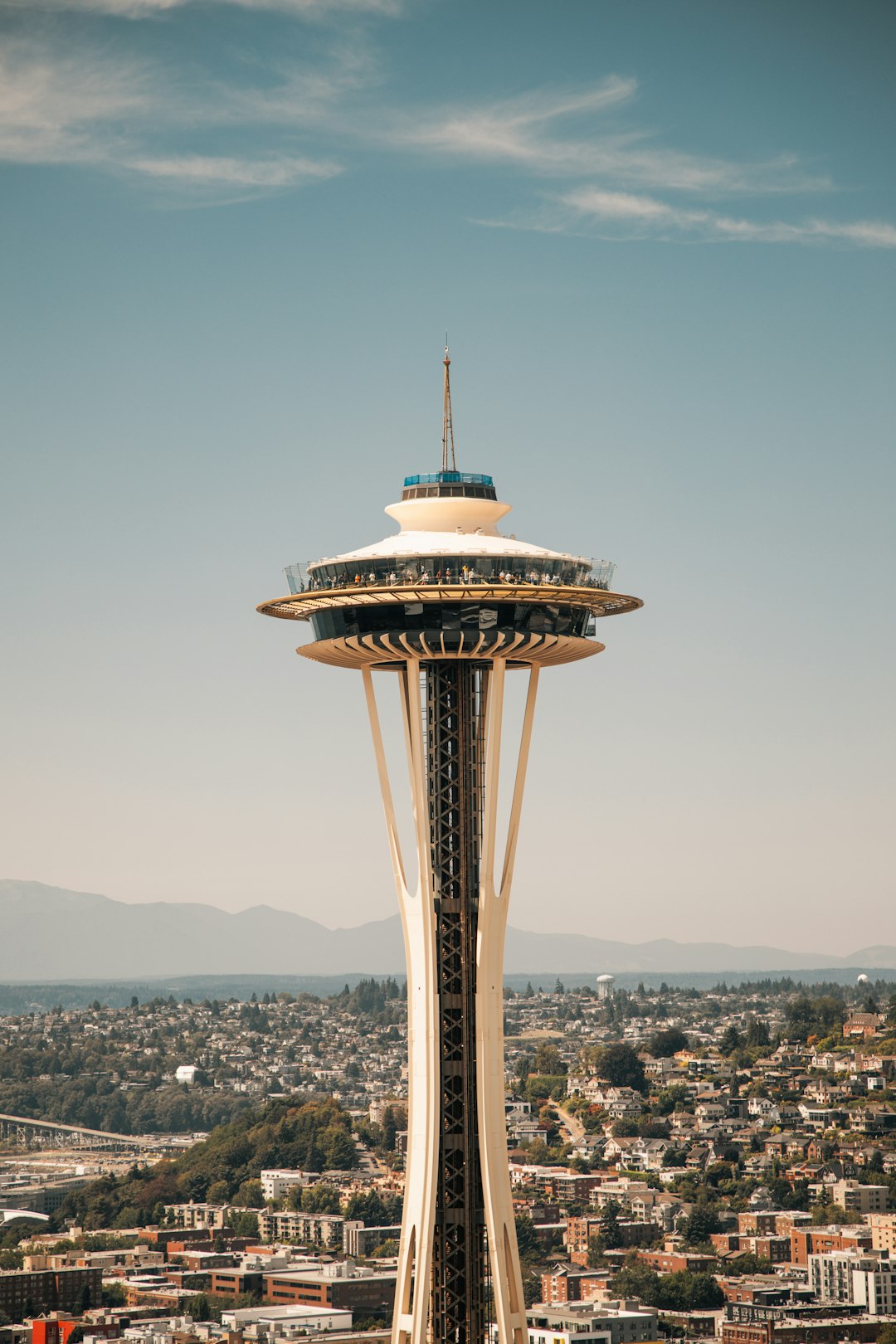
Seattle’s Space Needle was built in just 400 days for the 1962 World’s Fair, but the project was financed through a risky gambling scheme that nearly bankrupted its creators. The structure was privately funded by a group of investors led by Howard Wright, who mortgaged their personal homes and businesses to raise the $4.5 million construction cost. The Space Needle’s unique design, inspired by a sketch on a napkin, required innovative engineering solutions including a foundation that weighs as much as the above-ground structure to prevent it from tipping over in Seattle’s frequent earthquakes. The building’s original rotating restaurant was so popular that it generated enough revenue to pay off the construction debt within two years of the World’s Fair’s opening. Recent seismic retrofitting completed in 2024 revealed that the Space Needle’s original design was remarkably earthquake-resistant, requiring only minimal structural modifications to meet current safety standards.
Independence Hall’s Hidden Slave Quarters Discovery
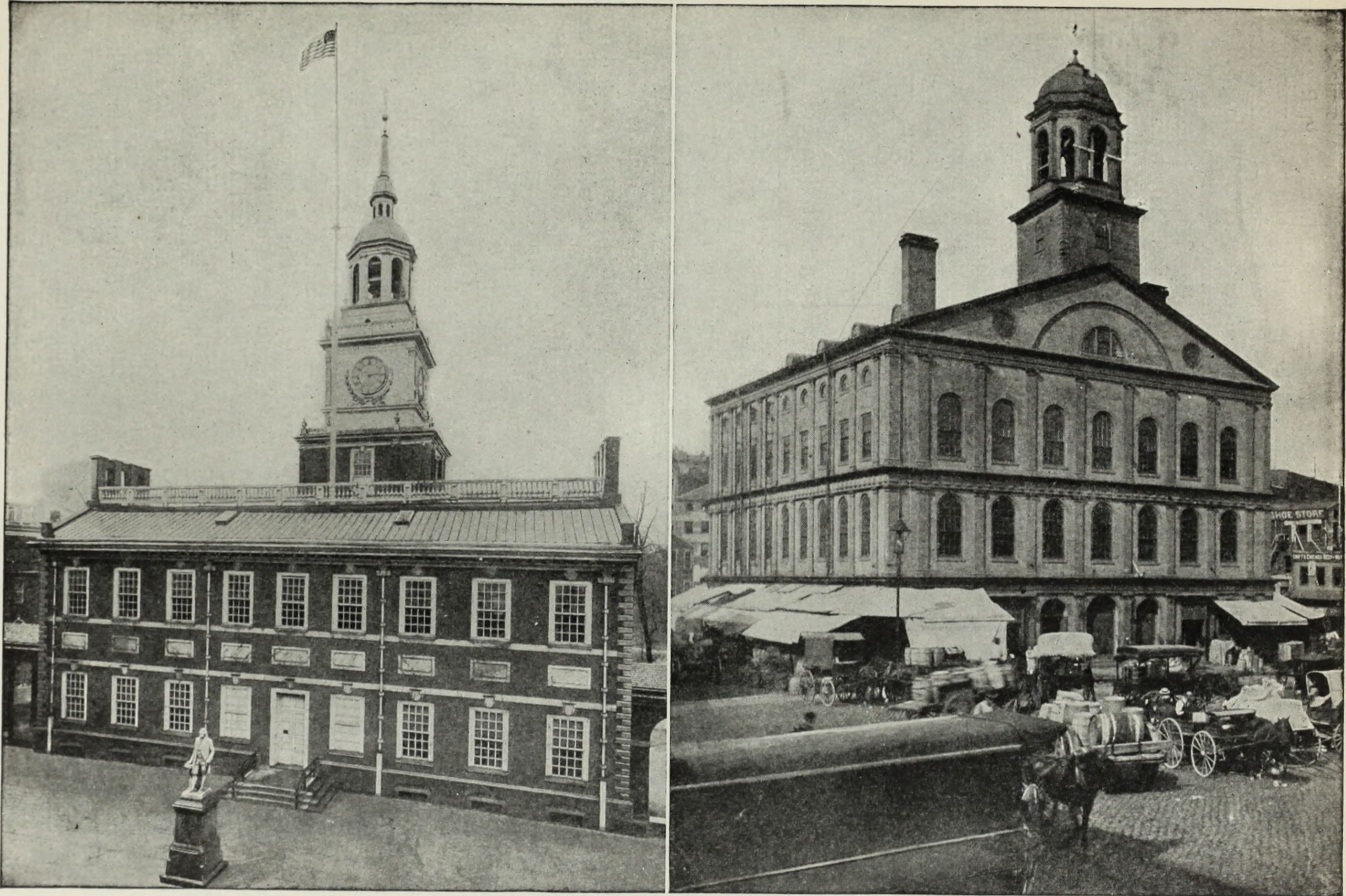
Archaeological excavations at Independence Hall in Philadelphia have revealed the hidden remains of slave quarters that housed people enslaved by Presidents Washington and Adams, a discovery that fundamentally changed how the site interprets American history. The 2020 excavation, led by the National Park Service, uncovered foundations of the President’s House slave quarters just yards from where the Declaration of Independence was signed. George Washington brought nine enslaved people to live in the house during his presidency, and historical records show he rotated them back to Virginia every six months to prevent them from claiming freedom under Pennsylvania’s gradual abolition law. The discovery includes personal artifacts such as ceramic fragments, buttons, and food remains that provide intimate glimpses into the daily lives of people whose stories were deliberately erased from official historical narratives. The National Park Service now estimates that over 30 enslaved individuals lived and worked at the President’s House during Washington’s and Adams’s presidencies, making it one of the most significant slavery sites in early American government.
Mount Vernon’s Whiskey Distillery Empire

George Washington’s Mount Vernon estate operated one of early America’s largest whiskey distilleries, producing 11,000 gallons of spirits annually and generating more revenue than his tobacco crops. The distillery, built in 1797 on the recommendation of his Scottish farm manager James Anderson, employed five enslaved workers who performed the dangerous and skilled work of mashing, fermenting, and distilling. Archaeological reconstruction completed in 2023 revealed that Washington’s operation was far more sophisticated than previously understood, using innovative techniques that made it the largest whiskey producer in America at the time. The distillery’s success contradicts the popular image of Washington as solely a gentleman farmer, showing instead a shrewd businessman who diversified his income through what was essentially an early industrial operation. Modern analysis of recipes found in Washington’s papers shows that his whiskey was made primarily from rye, corn, and wheat, producing a spirit that would be considered premium by today’s standards.

